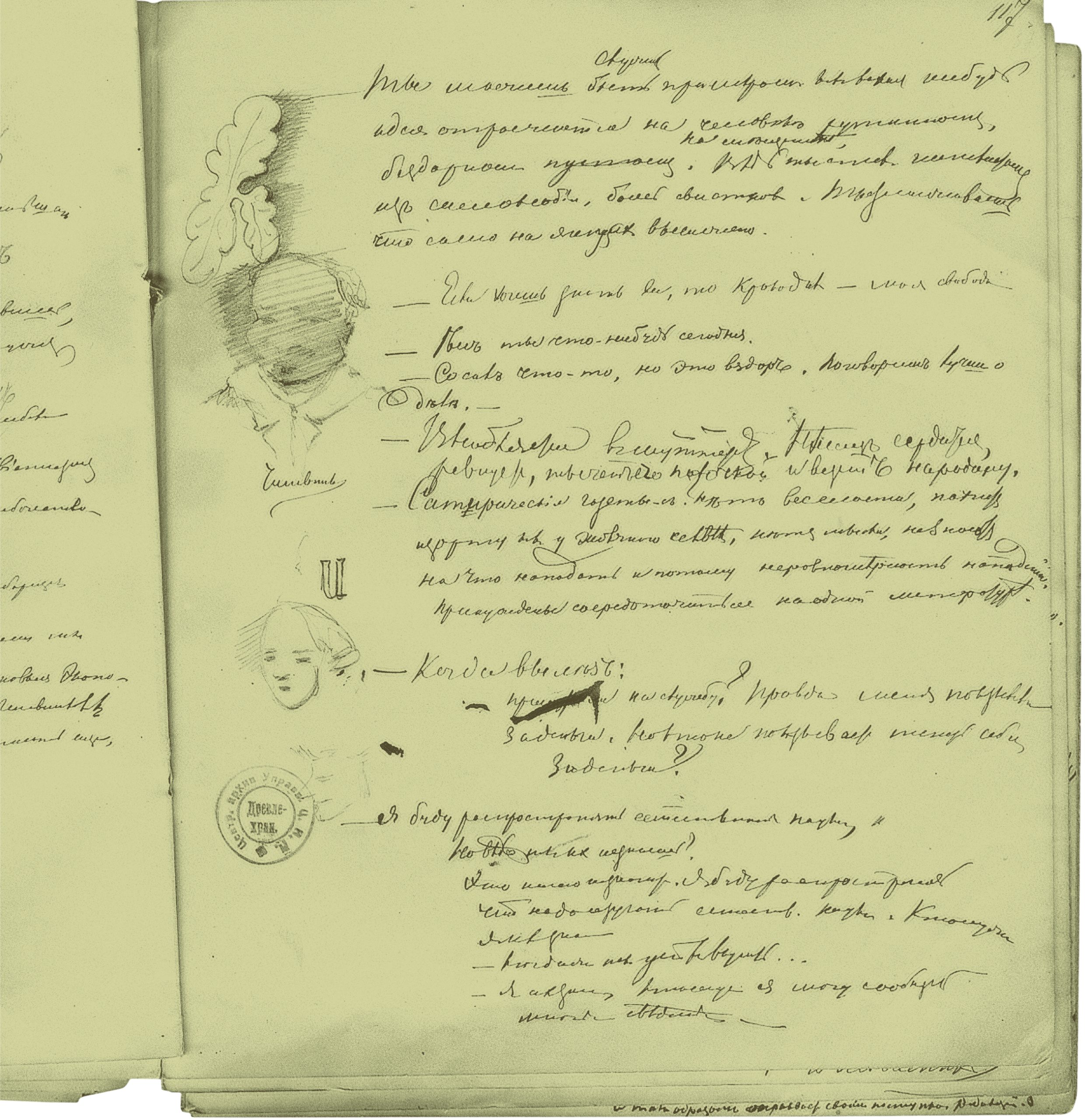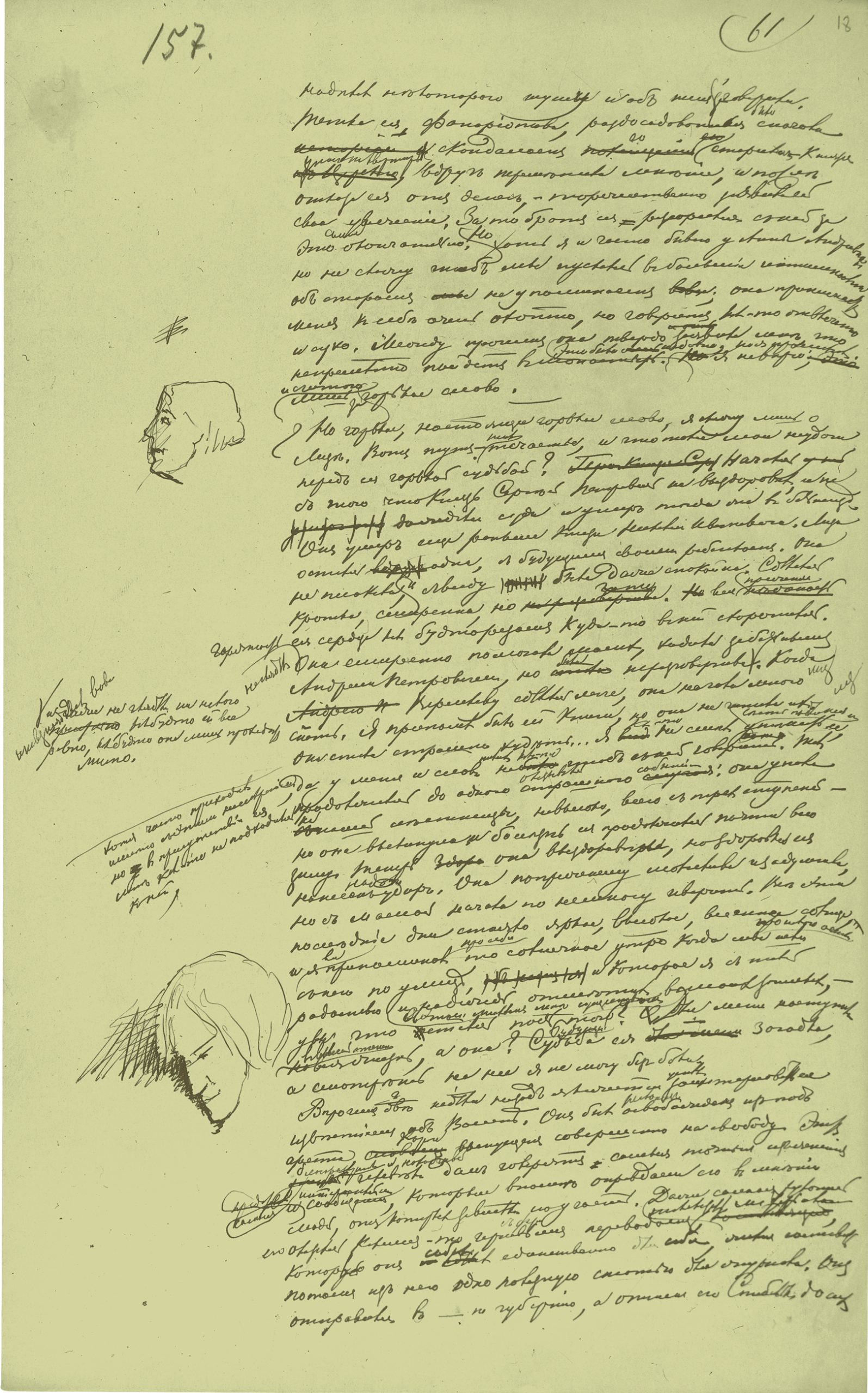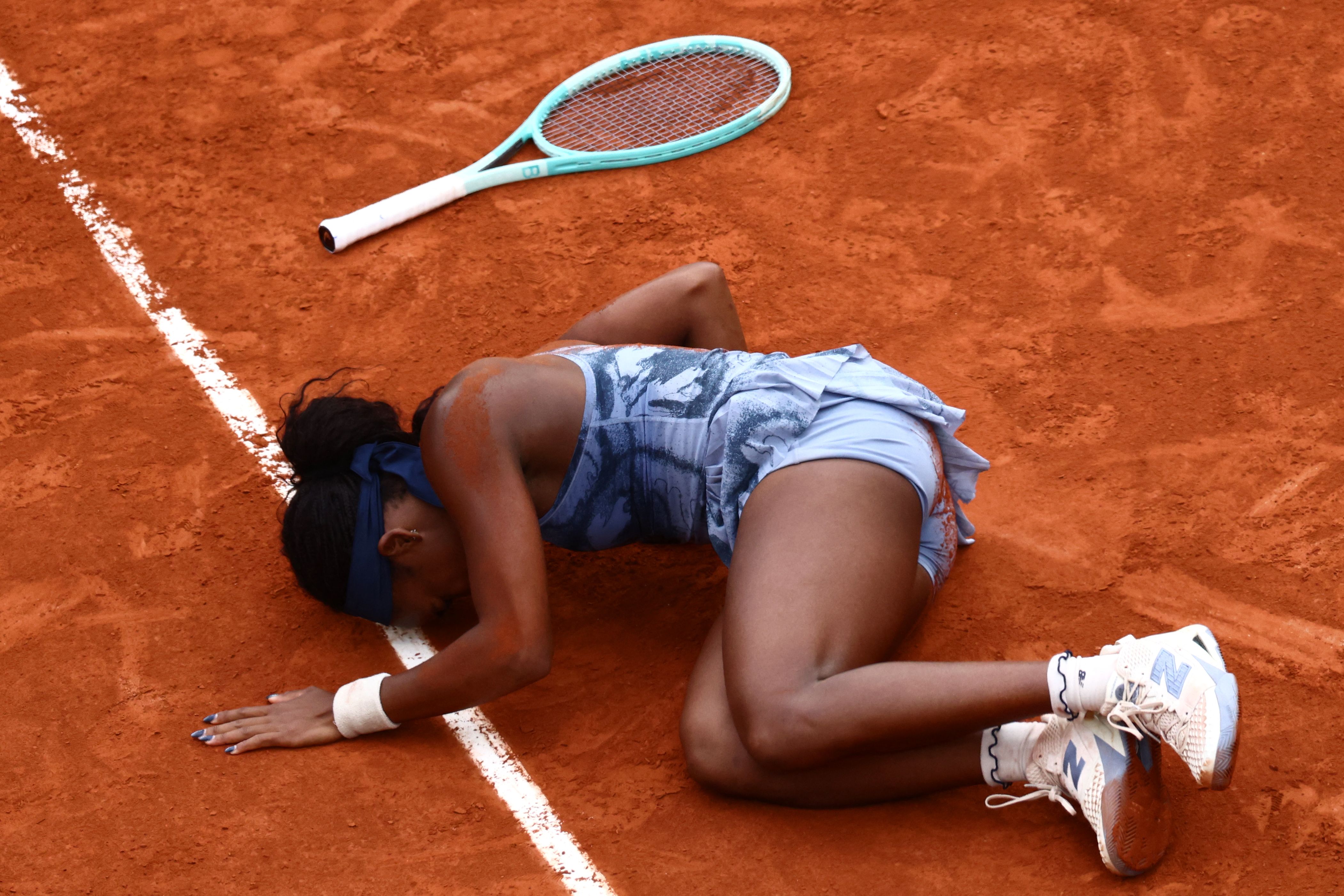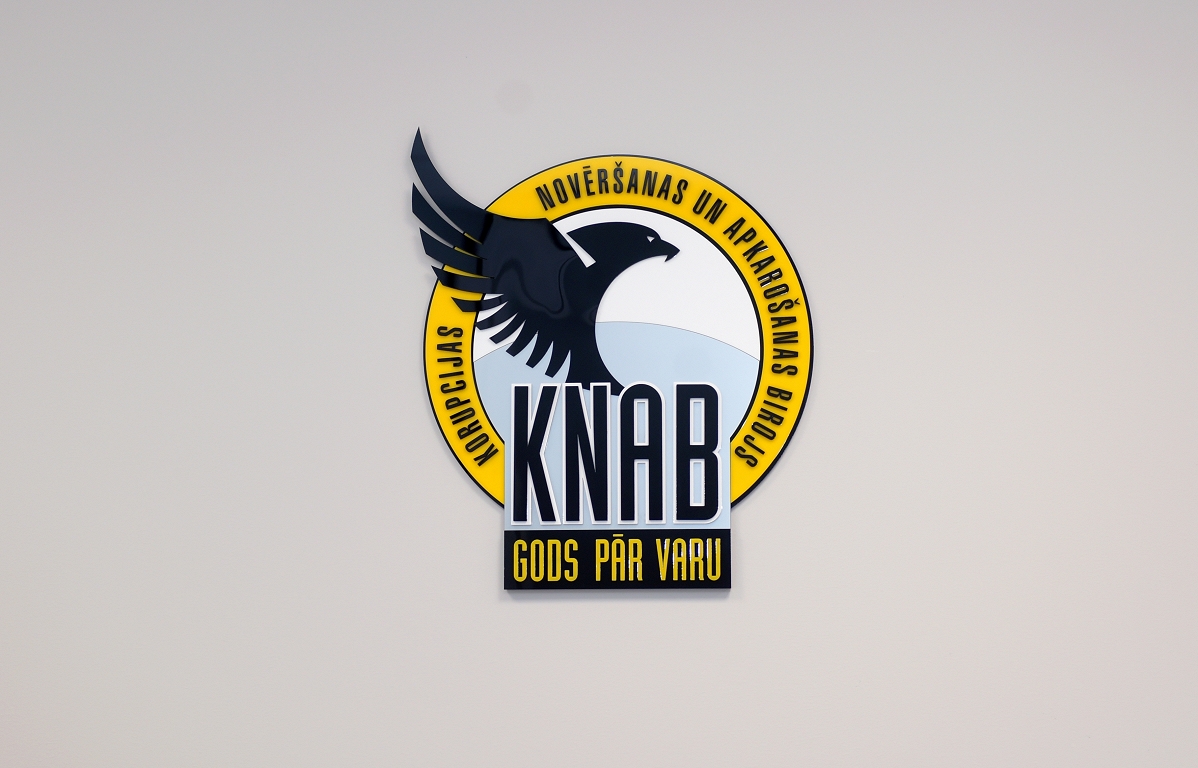Drawings and calligraphy FM Dostojevsky – From image to word: In creative mind Genia – Culture

Even when it is in the final book, the official Fair of Books in Belgrade, the Official Gazette, FM Dostoevsky – from the image to the word, a « sole right fair pattern – one exposed book without prices, » it was clear that it was a publishing endeavor.
This capital act reveals Fyodora Mihajlovich Dostojevski (1821-1881) Not only as a small-known art artist, but also as a thinker who establish a profound connection between his fine and worldly glorious literary creativity. From the Russian language, the book translated Vesna Smiljanić Rangelov, which received a praise for the jury of the award « Miloš N. Đurić », the most prestigious annual recognition of the association of literary translators of Serbia. The valuable contents of Barsta’s studies also required technical precision and high print quality, so the book has only recently appeared in front of the readers and received its bookstage presentation at the beginning of the week in the prestigious Belgrade bookstore « GECA KON ».
« This book leads in undiscovered secrets of Dostoevski, in the very center of its creation of its volumes filled with records, and reproduce the meaning of His manuscript in the original dimensions and at the high polygraph. Nevertheless, the most important The book is a new approach to the creation of its creative life. The browsing of picizes offered in the book can understand the peculiarities of that unusual world, which is due to deep thinking, « said in the introduction of Serbian editions.
Fjodor Mihajlovich Dostojevski drew for himself, « he thought, fantasized, creating his literary characters. It took more than a century to discover and draw attention to those drawings, which Konstantin Best Sabrio in the book in the original format and with faithful color reproduction. Merit to preserve this article of the writer’s legacy belongs to his other wife Ana Grigory. Behnish’s research work is also intended for experts for Dostoevsky and a wider audience, and belongs to that type of books that introduce the reader in the laboratory of the creative genius.
Best writes about Dostoevski as a double artist, but also « man with engineering mind », because the basic knowledge of drawing, drawing skills and techniques gained at the main Engineers, where he was educated for military engineer. This invitation was involved, with the translation of books, before he opted for literature and journalism.
Barshosts study has four chapters. First, called the Graphic Heritage of Dostoevsky, talks about the importance of the Main Engineering Academy in St. Petersburg, where he is the most difficult for young Dostojevska. The second chapter, features, contains sketches and portraits of Peter, Servantes, Voltera, Shakespeare, the Jermen’s self-portrait … Chapter and the shaping of Crocodile and novels: crime and punishment, Idiot, Zli Dusi, Mladic, Brothers Karamazovs, as well as drawings inspired by the Holy Lyrics. It is known that Dostoevski closely observed people people bringing them into connection with their nature and character – like most writers, « he thought in the pictures. » The fourth chapter is called the ideological letter of Dostoevsky – painter and writer.

« Fjodor Mihajlovich Dostojevski was deep interest in the artistic art. We encountered numerous mention of the masterpieces of Russian and world painting. He has been rarely and reluctantly. There is little data on how much drawing it took place in His work and how many drawings contain. In addition to several exceptions, they have not been filled with male, female and children, arabes and calibrated words: Dostoevski was not a man who would easily amount to what had special for him Significance and consisted of his personal secret, « Bhšta writes in the introduction.
In Literary, Historical and Biographical Comments on the development of Dostujsky’s drawing inserts, he explains the importance of personality like Petra Great, Belinsky’s life and part, and accompanies the birth of the art world of his novels, revealing the legality of that creative process. He points out that Dostoevski drew the highest windows of the Cathedral, Cruciques, the domes of Russian churches and portraits – which are motives and ideas leading to his most complex part, caramazova brothers, where communication between East and West.

« Slavists and Russians are used to writers that are drawn – Among them are the watercolors of Dostoevsky, but more reminiscent of the forms and Caligrams of Dostoevsky, and this branch of the delicacy of the last decades gains in importance. His The letters were designed under the Russian Orthodox Krasnis, but also French and European beautiful writing. These drawings reveal his thought stream. Best reveals Hermeneutics of the Great Five-Line Dosto and Drawings who followed their Citigation, but is still more interesting, where nothing is accidental, where the pages are acted in the text. In personal relationship, Radunović writes, with the Faculty of Philology in Belgrade, a professional reviewer of the Serbian edition of Barštove Studies.
This book was published in Russian as the first in the edition of the Caligrams of the Italian Lema Publisher Press, known for the luxurious editions of capital works.
Follow us on our Facebook and Instagram page, but also on X account. Subscribe to PDF List release today.








